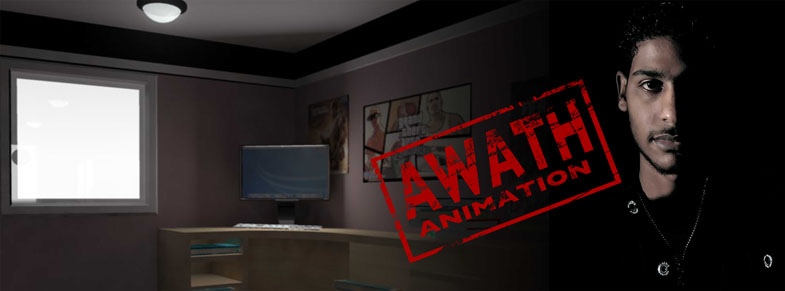Up is a story of a young boy Carl Fredricksen who idolised an explorer called Charles Muntz who was accused of fabricating the skeleton of a giant bird he had discovered in Paradise Falls, South America. Muntz vows to return there to capture one alive. One day, Carl befriends an energetic tomboy named Ellie (Elizabeth Docter), who is also a Muntz fan. Detailing her ambitions in her personal scrapbook, she tells Carl her desire to move to paradise Falls. He then makes Carl promise to take her there one day. They fall in love and get married and we soon jump to years later as old couple living in same house with their dream still unfulfilled. Carl’s wife Ellie died early on in the film and Carl is left alone still lives in the house, now surrounded by urban development, but he refuses to sell it. He then ends up in a tussle with a construction worker over his broken mailbox, and is forced by a court order to move into a retirement home. However, Carl comes up with a scheme to keep his promise to Ellie: he turns his house into a makeshift airship, using thousands of helium balloons to lift it off its foundations. A young Wilderness Explorer named Russell becomes an accidental passenger, having pestered Carl earlier in an attempt to earn his final merit badge, "Assisting the Elderly."
After surviving a thunderstorm, the house lands near a large ravine facing Paradise Falls. Carl and Russell harness themselves to the still-buoyant house and begin to walk it around the ravine, hoping to reach the falls before the balloons deflate. They later befriend a tall, colorful flightless bird (whom Russell names "Kevin") trying to reach her chicks, and then a dog named Dug , who wears a special collar that allows him to speak. They are then ambushed by a pack of similar dogs led by Alpha (also Bob Peterson), and taken to Dug's master, who turns out to be an elderly Charles Muntz. Muntz invites Carl and Russell aboard his dirigible, where he explains that he has spent the years since his disgrace searching Paradise Falls for the giant bird. When Russell innocently reveals his friendship with Kevin, Muntz becomes disturbingly hostile, prompting the pair, Kevin, and Dug to flee, chased by Muntz's army of dogs; Kevin is injured during the escape. Muntz eventually catches up with them and starts a fire beneath Carl's house, forcing Carl to choose between saving it or Kevin. Later on Carl reunites Kevin with her chicks, then flies the dirigible back to the city. When Russell's father misses his son's Senior Explorer promotion ceremony, Carl takes over and proudly presents Russell with his final badge: the grape soda cap badge that Ellie gave to Carl when they first met. The two then enjoy some ice cream together, sitting on the curb outside the shop as Russell and his father used to do, with the dirigible parked nearby. Meanwhile, Carl's house is shown to have landed on the cliff beside Paradise Falls.
What I love about this film is how adult themed it is. It’s not just a kids film but for adult audience too. The story telling is visually breathtaking when you get to paradise falls. The scene I love was couple of minutes after the start of the film when showing the marriage and the aging or Carl and Ellie’s life. There was no dialogue but just the sound. This was put together beautifully and it really brings you in emotionally to their life and feels part of them. This reminded me of the early golden age era where Disney would use jus the animation and sound.
The fantasy of a flying house was born out of director Pete Docter's thoughts about escaping from life when it becomes too irritating, which he explained stemmed from his difficulty with social situations growing up. Docter selected an old man for the main character after drawing a picture of a grumpy old man with smiling balloons.The two men thought an old man was a good idea for a protagonist because they felt their experiences and the way they affect their view of the world was a rich source of humor. Docter was not concerned with an elderly protagonist, stating children would relate to Carl in the way they relate to their grandparents. Docter noted the film reflects his friendships with Disney veterans Frank Thomas, Ollie Johnston and Joe Grant (who all died before the film's release and thus the film was dedicated to them). Grant gave the script his approval as well as some advice before his death in 2005






















